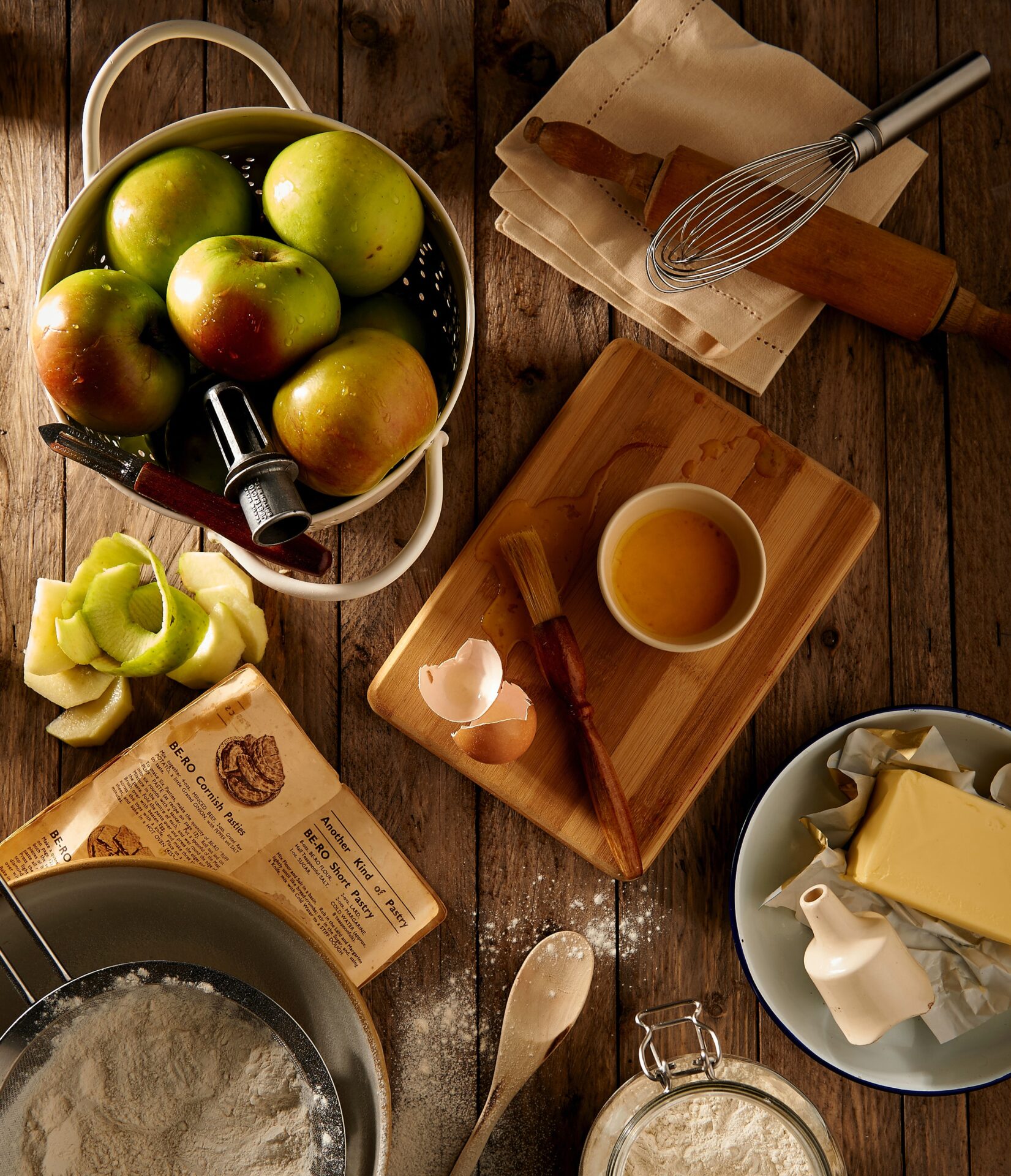Join the Cookbook Club

Members Only Content
This page is for Cookbook Club members only.
If you are a member, please sign in and try again.
If you are not a member, click the button below to sign up.
share
Related
-
A Cajun Christmas Menu
by TLP Editors -
A Crescent City Icon, Reimagined
by TLP Editors -
The Challenges in Louisiana’s Bayou
more from Cookbook Club
-
7 Cookbooks All About Barbecue | Listen
-
Cookbook Review: Sweet Potato Soul | Listen
-
Q&A with Lucian Books & Wine | Listen
-
9 Cookbooks from Black Chefs to Celebrate Juneteenth | Listen
-
4 Cookbook Stores To Fill Your Mind and Plate | Listen









